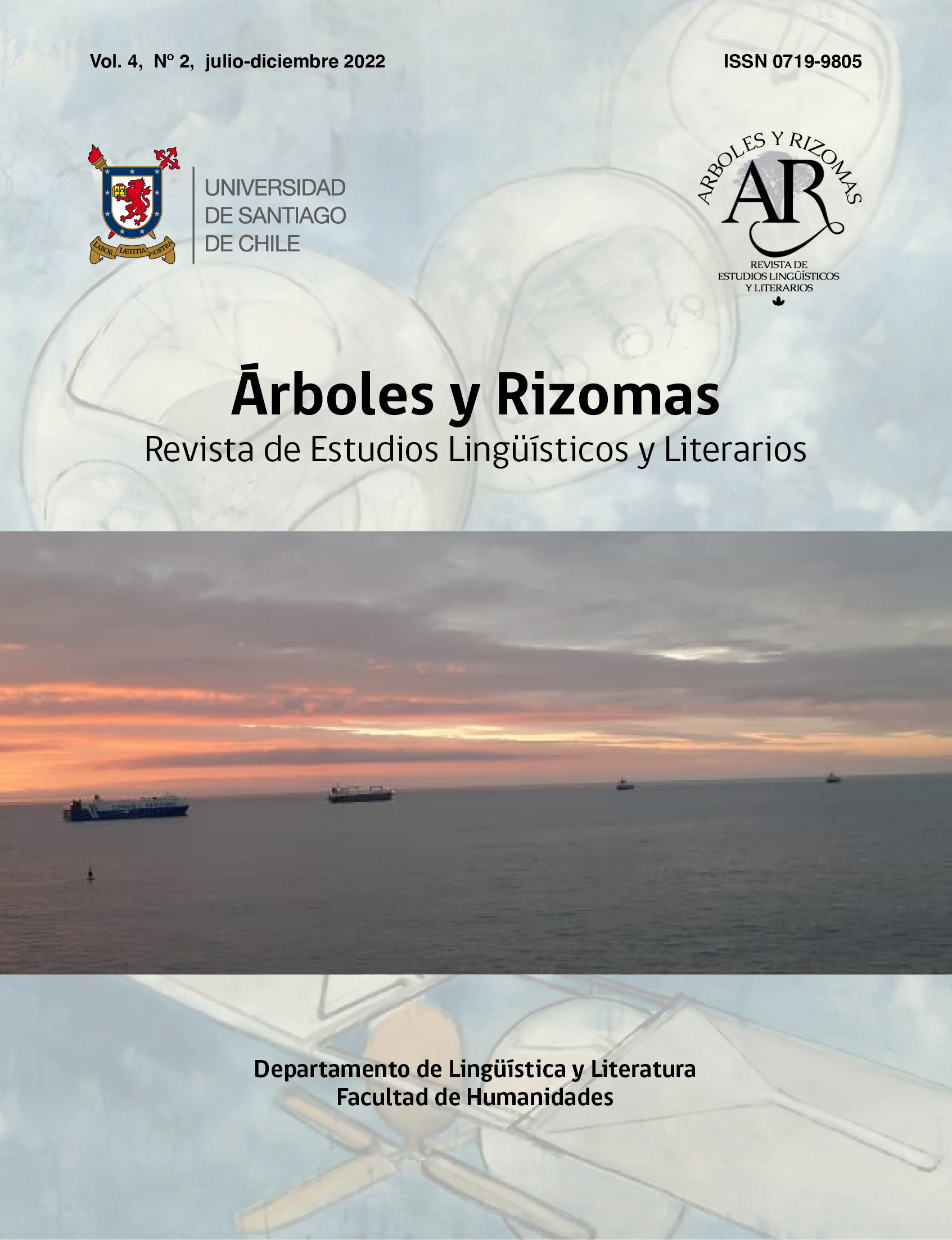Written speech: interference of the oral code in university academic writing
DOI:
https://doi.org/10.35588/ayr.v4i2.5735Keywords:
orality, writing, academic writing, speech, university educationAbstract
This article identifies the main features of the oral code that interfere with university academic writing. The study focuses on students entering the first year at Pontificia Universidad Católica del Ecuador, Quito campus. Through a theoretical distinction between features of the oral and written code, the research analyzes 106 brief textual samples written by students. Operationally, the analysis is divided into three parts. First, the 106 samples are classified into three rating ranges: competent (a), regular (b), and insufficient (c). Second, inaccuracies related to five textual properties are selected in the samples: adequacy, coherence, syntactic cohesion, lexical cohesion and grammatical correctness. Third, inaccuracies related to adequacy and consistency are discussed in detail. The analysis of textual adequacy reveals that the interference of the oral code gives rise to inaccuracies such as the use of an informal tone and the implication of the interlocutor. The analysis of textual coherence, on the other hand, may explain how some vices of language construction, especially ambiguity and antinomy, affect the communicative efficacy of an academic text.
Downloads
References
Becerra Bolaños, A., & Pérez, N. (2015). Principios de lectoescritura: De la lectura a la escritura académica. Abya-Yala.
https://dspace.ups.edu.ec/bitstream/123456789/21084/1/Principios%20de%20lectoescritura.pdf
Bernárdez, E. (ed.) (1982). Introducción a la lingüística del texto. Espasa-Calpe.
Briz, A. (2016). El español coloquial. En J. Gutiérrez-Rexach (Ed.), Enciclopedia de Lingüística Hispánica (pp. 463-476). Routledge.
Cassany, D. (2008). Describir el escribir. (P. Comas, Trad.). Paidós Ibérica S.A. (Obra original publicada en 1987).
Cassany, D., Luna, M., & Sanz, G. (2003). Enseñar lengua. 9a. Edición. (S. Esquerdo, Trad.). Editorial Graó. (Obra original publicada en 1994).
Coulthard, M. (1994). Advances in Written Text Analysis. Routledge.
Cuenca, M. J. (2010). Gramática del texto. Arco Libros S.L.
Derrida, J. (1971). De la Gramatología. (O. del Barco, & C. Ceretti, Trad.). Siglo XXI Editores. (Obra original publicada en 1967).
Dijk, T. van. (1992). La ciencia del texto: Un enfoque interdisciplinario. (S. Hunzinger, Trad.). Ediciones Paidós. (Obra original publicada en 1978).
Givón, T. (1993). Coherence in text, Coherence in Mind. Pragmatics and Cognition, 1(2), 171-297. https://doi.org/10.1075/pc.1.2.01giv
Havelock, E. A. (1963). Preface to Plato. The Belknap Press of Harvard University.
Horowitz, R., & Sammuels, S. J. (Comps.). (1987). Comprehending Oral and Written Language. Academic Press.
Innis, H. (1950). Empire and Communications. University of Toronto Press.
Morales, F. (2008). Manual del lenguaje. Universidad de los Andes.
Martínez de Sousa, J. (2015). Diccionario de redacción y estilo. 4ta. edición. Ediciones Pirámide.
McLuhan, M. (1962). The Gutenberg Galaxy: The Making of Typographic Man. University of Toronto Press.
Montolío Durán, E. (Coord.) (2000). Manual práctico de escritura académica. Ariel.
Navarro, F., & G. Aparicio. (Coord.). (2018). Manual de lectura, escritura y oralidad académicas para ingresantes a la universidad. Universidad Nacional de Quilmes.
Oesterreicher, W. (1994). Lo hablado en lo escrito. Reflexiones metodológicas y aproximación a una tipología. En T. Kotschi, W. Oesterreicher, & K. Zimmermann (Eds.), El español hablado y la cultura oral en España e Hispanoamérica (pp. 317-340). Iberoamericana.
Olson, D., & Torrance, N. (Comp.). (1998). Cultura escrita y oralidad. Gedisa.
Ong, W. J. (2006). Oralidad y escritura. Tecnologías de la palabra. (A. Scherp, Trad.). Fondo de cultura económica. (Obra original publicada en 1982).
Pérez Agustí, C. (2013). Lectura y escritura académica I. Universidad del Azuay. https://www.uazuay.edu.ec/sites/default/files/public/uazuay-LECTURA-Y-ESCRITURA-ACADEMICA-1.pdf
Pontificia Universidad Católica del Ecuador. (2021). Cuenta y razón. Rendición de cuentas del período 2020. https://www.puce.edu.ec/docs/dac/rendicion-cuentas/2020/rendicion-cuentas-PUCE-2020.pdf
Rengifo, A. (2015). Manual de lectura y redacción universitarias. Pontificia Universidad Católica del Ecuador.
Secretaría de Educación Superior, Ciencia, Tecnología e Innovación [SENESCYT]. (agosto, 2020). Boletín Anual. Educación superior, ciencia, tecnología e innovación. https://www.educacionsuperior.gob.ec/wp-content/uploads/2020/09/Boletin_Anual_Educacion_Superior_Ciencia_Tecnologia_Innovacion_Agosto2020.pdf
Serafini, M. T. (1994). Cómo se escribe. (F. Rodríguez de Lecea, Trad.). Paidós Ibérica, S. A. (Obra original publicada en 1992).
Serafini, M. T. (1989). Cómo redactar un tema. Didáctica de la escritura. (R. Premat, Trad.). Paidós Ibérica, S. A. (Obra original publicada en 1985).






